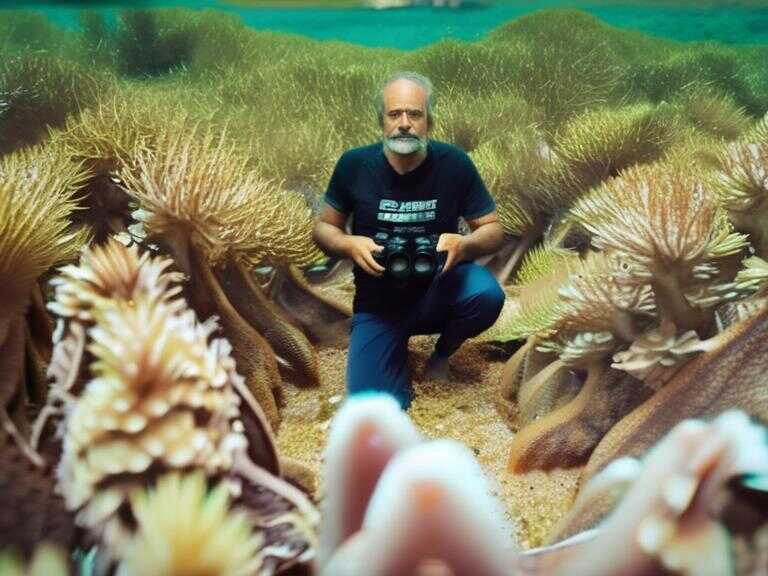
Cargo Ship Involved in Baltimore Bridge Collapse Linked to Cold War Secret Mission
A powerful floating crane, the Chesapeake 1000, arrived in Baltimore to remove debris from the Francis Scott Key Bridge collapse.

Powerful Floating Crane Arrives at Bridge Collapse Site in Baltimore
A powerful floating crane, the Chesapeake 1000, has arrived at the Francis Scott Key Bridge collapse site in Baltimore to commence debris removal. The crane, which reportedly has the capacity to carry up to 1,000 tons, reached the wreckage site in the Patapsco River late last night. This development comes after the collapse resulted in the disappearance of four construction workers.
The Crane’s Remarkable History
The Chesapeake 1000, originally constructed as the Sun 800 in 1972, was initially used in the construction of the Hughes Glomar Explorer. This deep-sea vessel was employed by the CIA in a clandestine mission known as "Project AZORIAN" during the Cold War. The mission's objective was to salvage a Soviet nuclear submarine that had sunk in the Pacific Ocean. According to the Engineering News-Record, the crane's capacity was later enhanced from 800 to 1,000 tons. Donjon Marine Co. Inc., a New Jersey-based company, purchased the crane in 1993, as confirmed by the company to Fox News Digital on Friday.
Description and Impact of the Crane
Described by Maryland Gov. Wes Moore as "the largest crane in the Eastern seaboard," the floating crane is nearly 200 feet long and has a boom of 231 feet, as stated on Donjon Marine Co. Inc.'s website. Its critical role in the bridge collapse incident underscores the significance of its arrival at the site for debris removal.
Assessment of the Incident and Environmental Impact
As a result of the cargo ship Dali striking a bridge pillar, the Key Bridge Response 2024 Unified Command – comprising the Coast Guard, Army Corps of Engineers, Maryland State Police, and other agencies – reported that first responders have observed a sheen around the vessel. Of the 56 total containers loaded on the vessel, 14 containing hazardous materials were impacted. Correspondingly, a comprehensive assessment for potential hazards was conducted by an industrial hygienist.
Background of Project AZORIAN: A CIA Mission
The CIA initiated Project AZORIAN following the sinking of the Soviet Golf II-class submarine K-129, which carried three SS-N-4 nuclear-armed ballistic missiles in 1968. The Hughes Glomar Explorer, the ship used in the mission, was disguised as a commercial deep-sea mining vessel under the ownership of billionaire Howard Hughes. In 1974, the Explorer managed to retrieve a section of the sunken submarine, which contained the bodies of six Soviets. Although the project did not fully achieve its objectives, the CIA deemed it to be one of the most significant intelligence feats of the Cold War.
Share news















